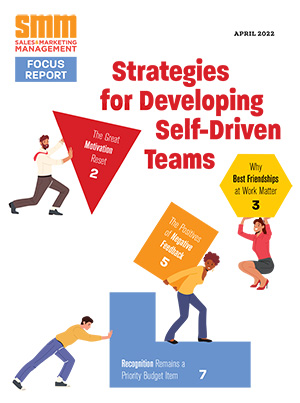How do you get customers to pay more for your products?
Wall Street Journal writers Kusum L. Ailawadi and Paul W. Farris recently addressed the question from a consumer products perspective. “Companies should resist the urge to cut promotions or camouflage price increases, which often backfire,” they state. Much of what they shared makes sense for the B2B world.
Don’t cut quality. Some companies try to cut costs by lowering the quality of their main product line. Or they keep quality high for their main brand and introduce a lower-price, lower-quality extension to satisfy customers on the tightest budgets. Customers may buy the cheaper brand instead, so sales of the regular brand will suffer. Or it may not be clear that the lower-priced brand is a budget offering that doesn’t have the same quality as the main brand. Clients may be disappointed and turn away from the whole product line.
Raise prices right. Only airlines can raise prices frequently, so cover not only higher costs that you have incurred up to that point, but also what you anticipate down the road. And spell out, as much as possible, what is behind the increase, whether it’s higher costs for materials or soaring transportation costs.
Wait for an opening. Price increases are easier to sell when introducing a new product or improvements in an existing line. Timing also involves keeping a close eye on the competition.
A market leader can make the first move, while those that don’t dominate the market should follow a market leader that raises its prices unless they’re not facing the same cost increases or can cope with shrinking profit margins.


